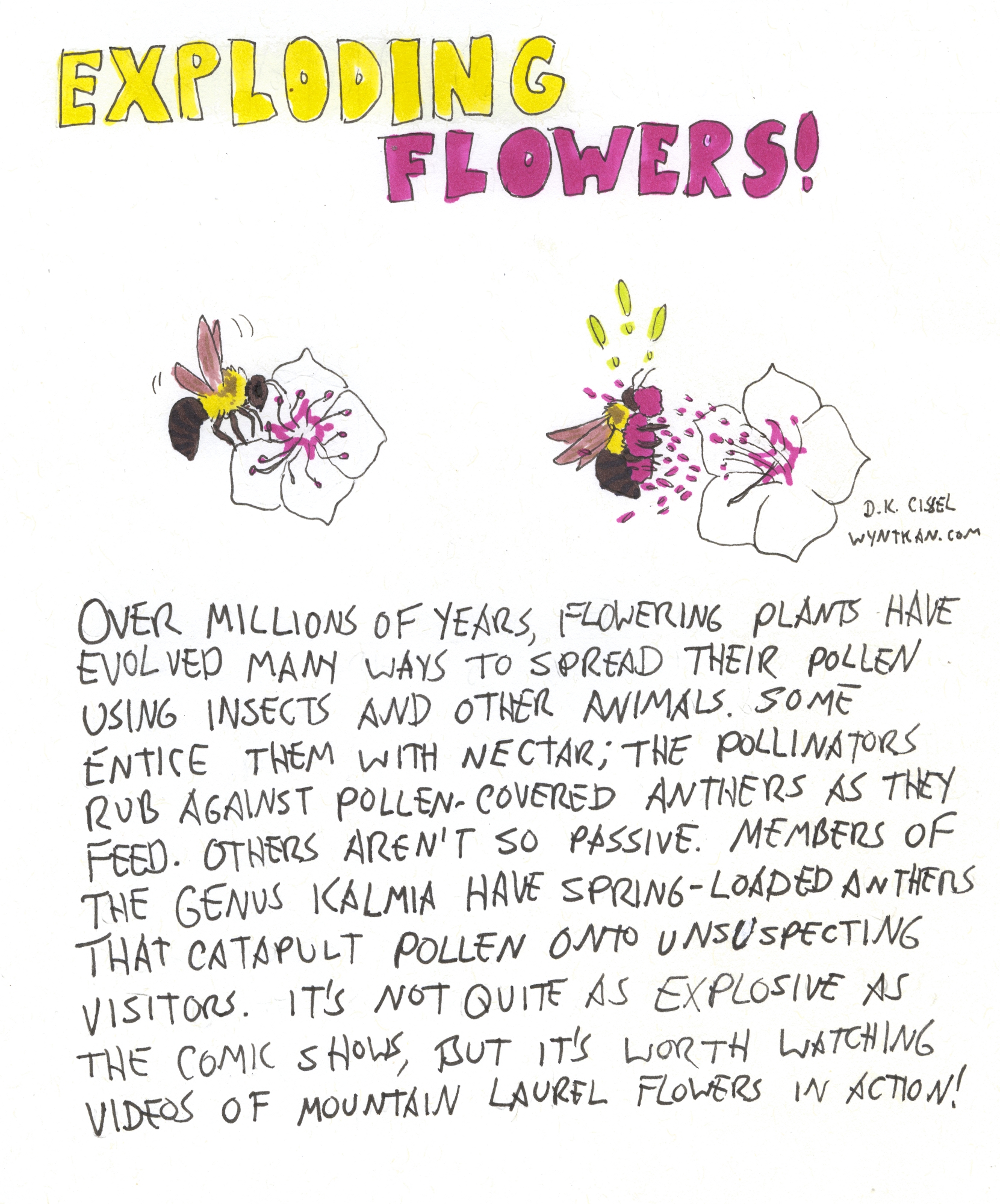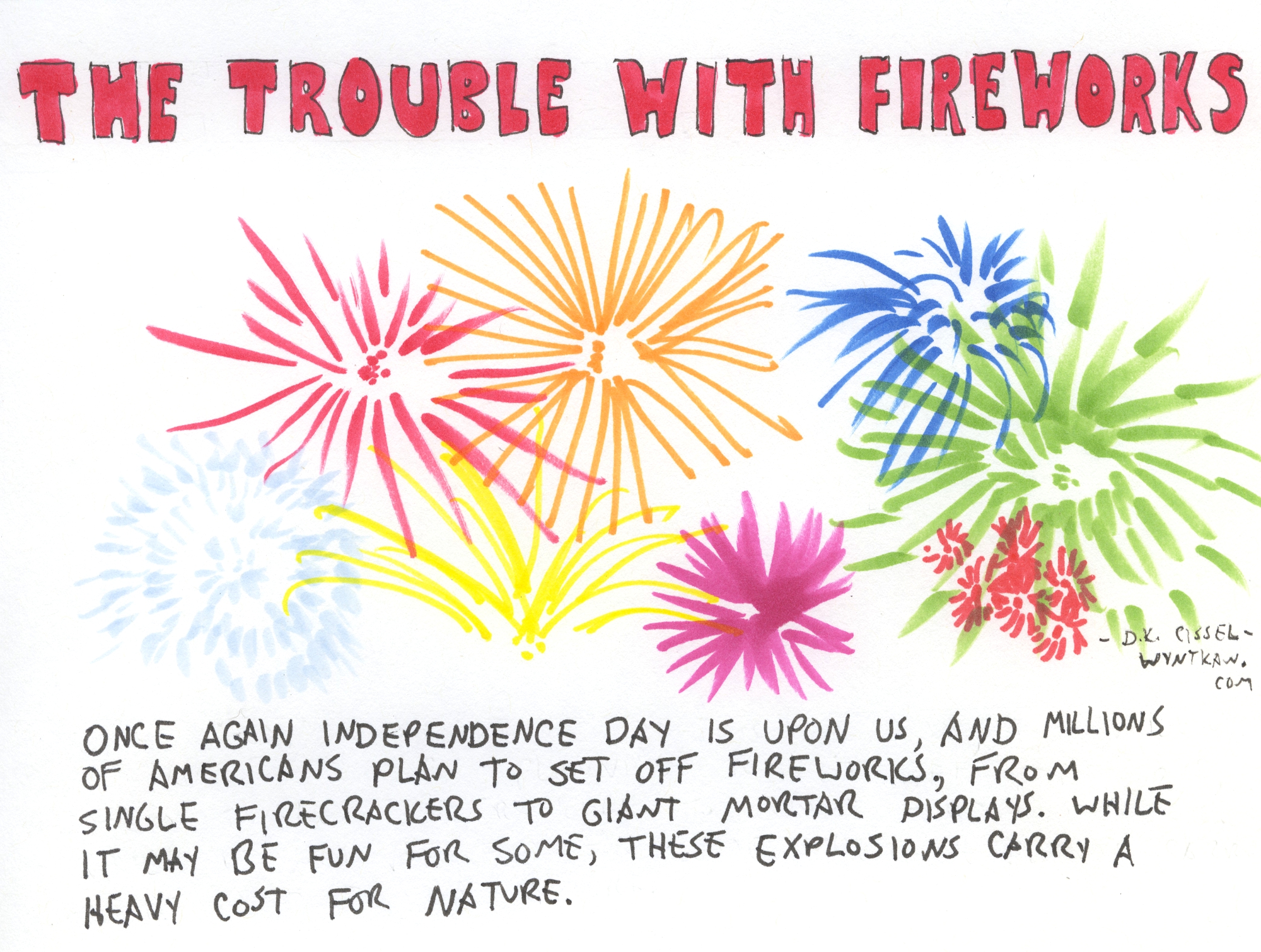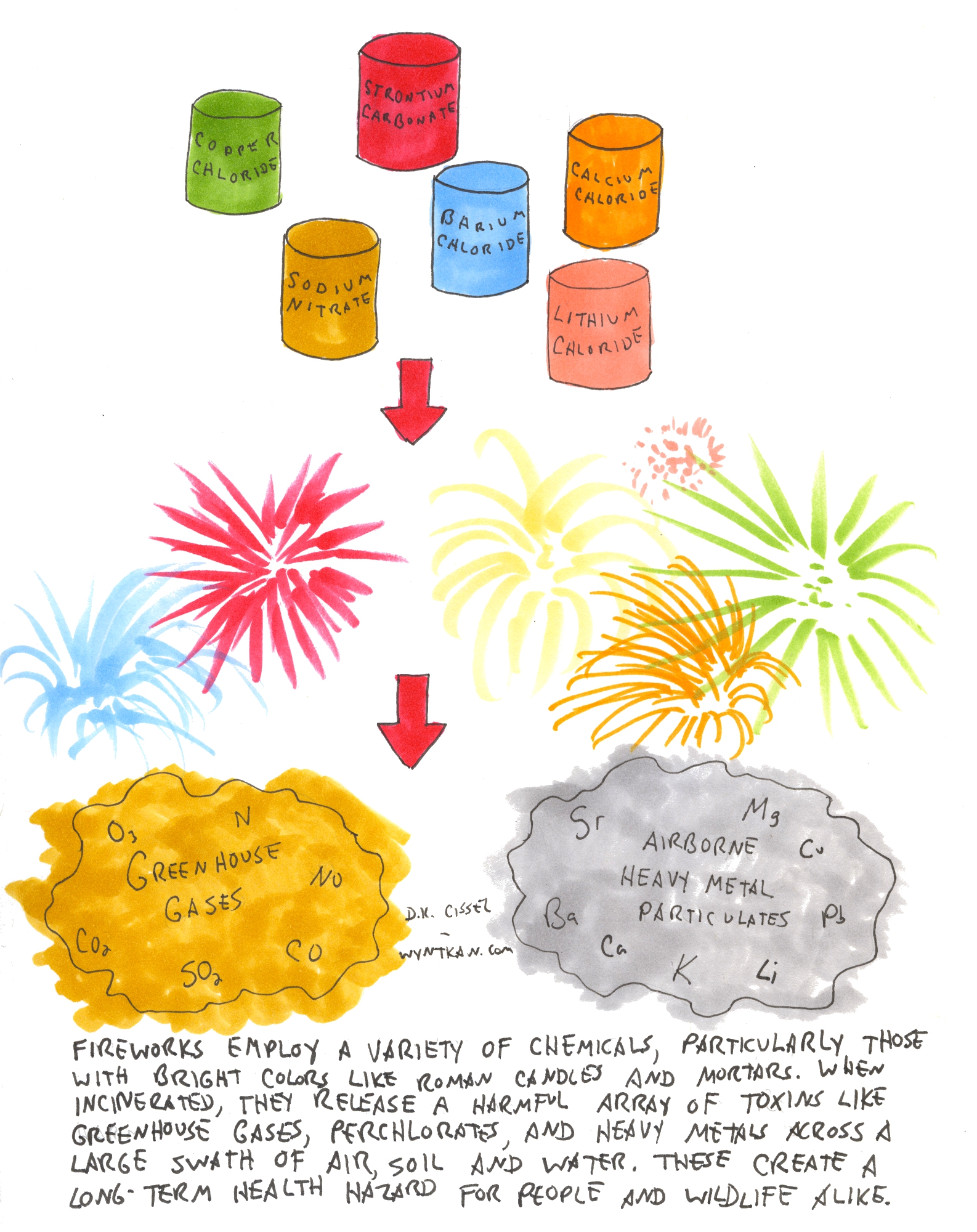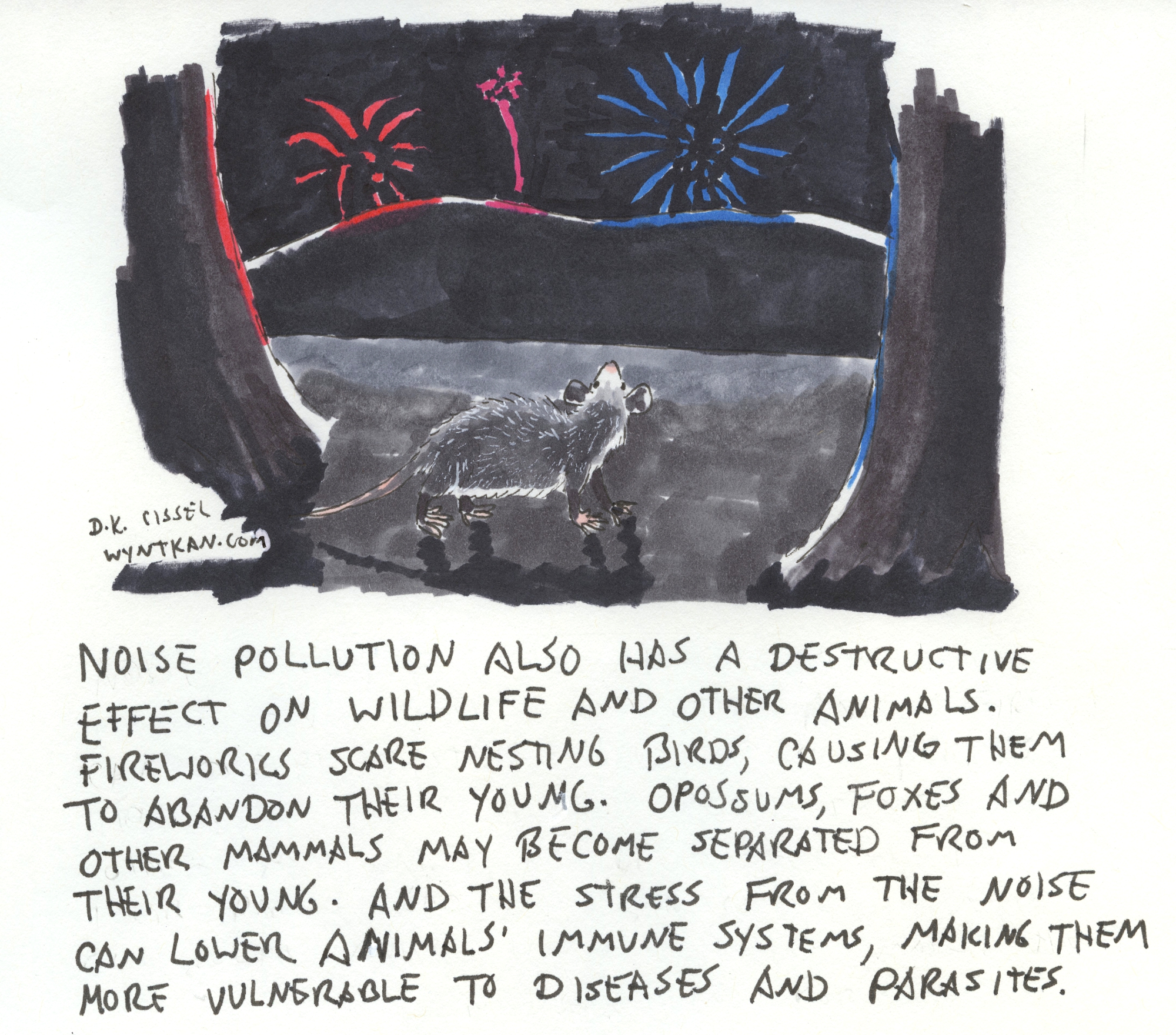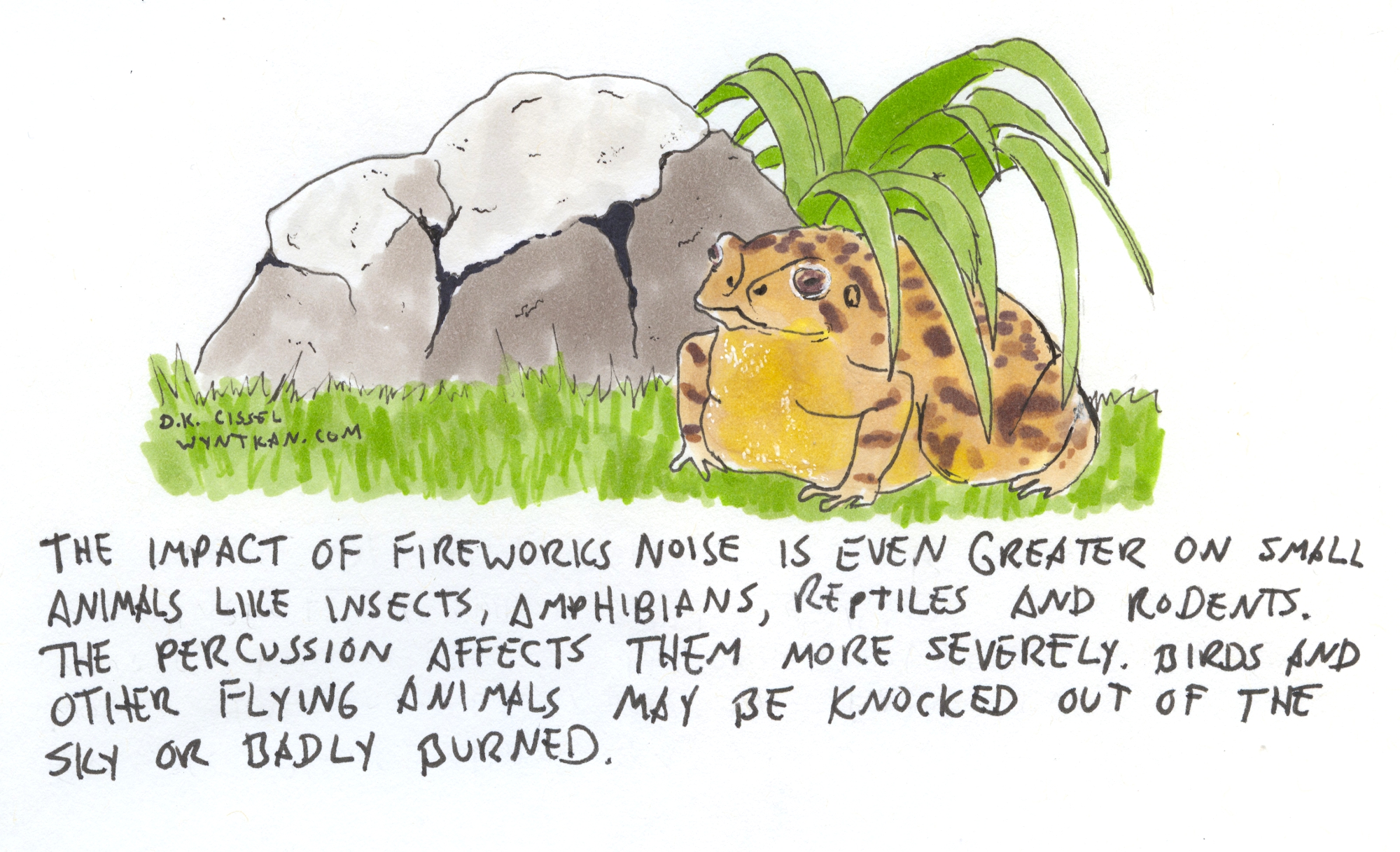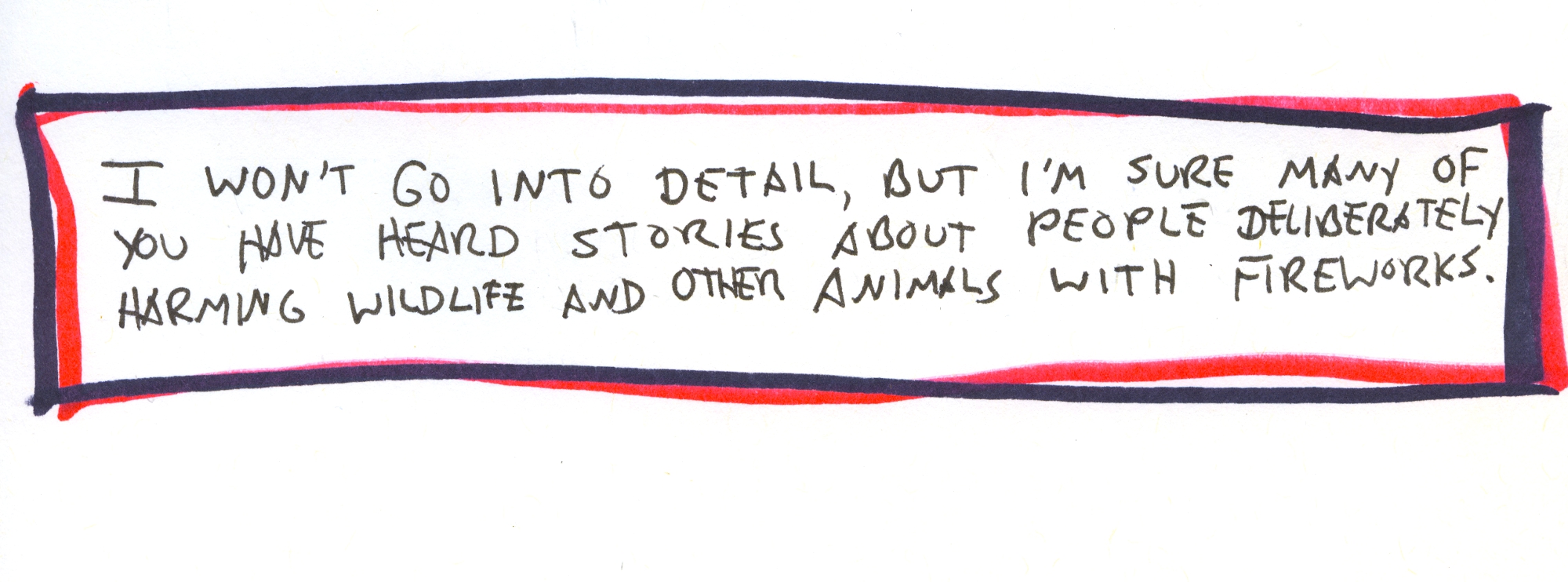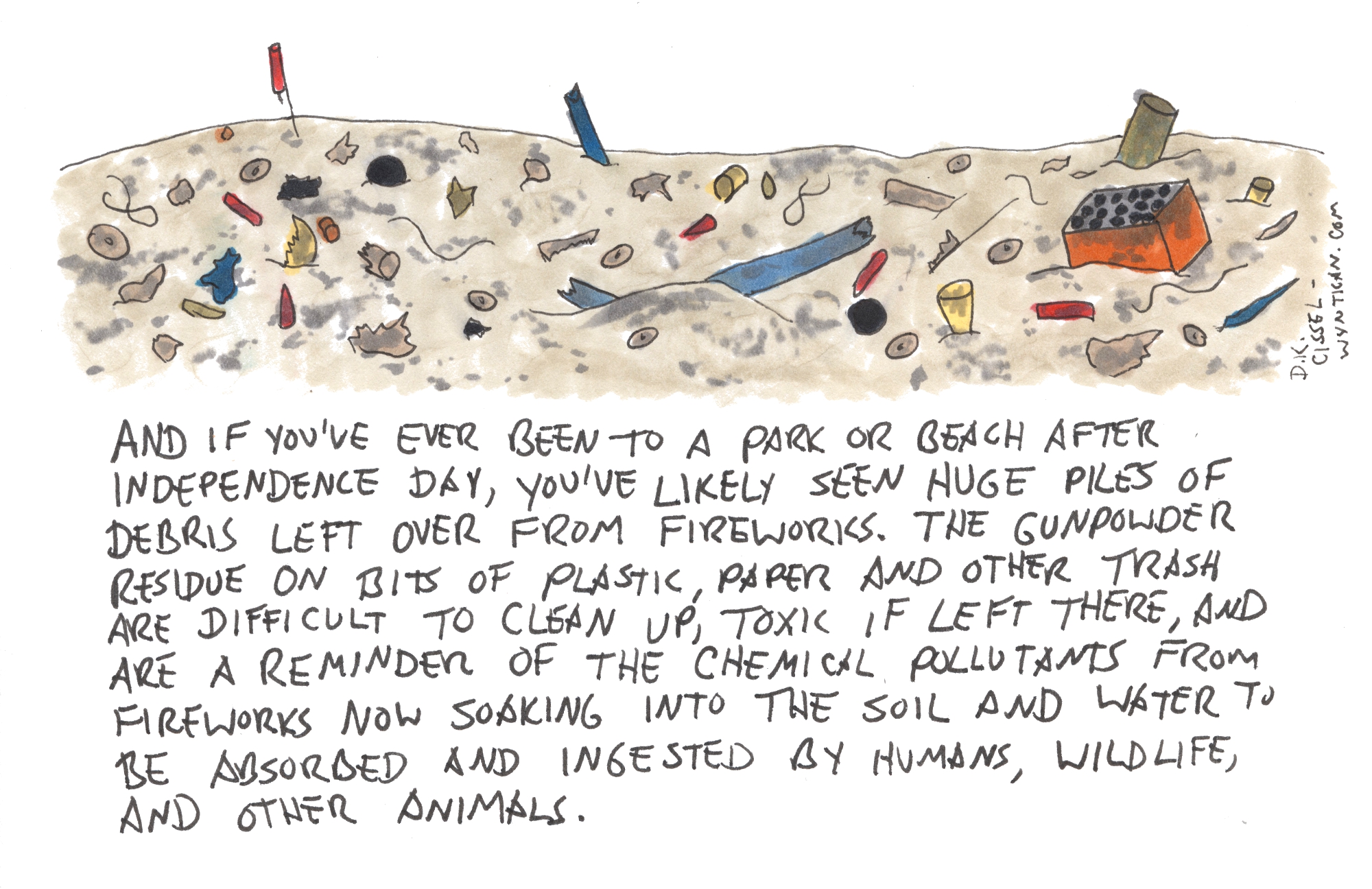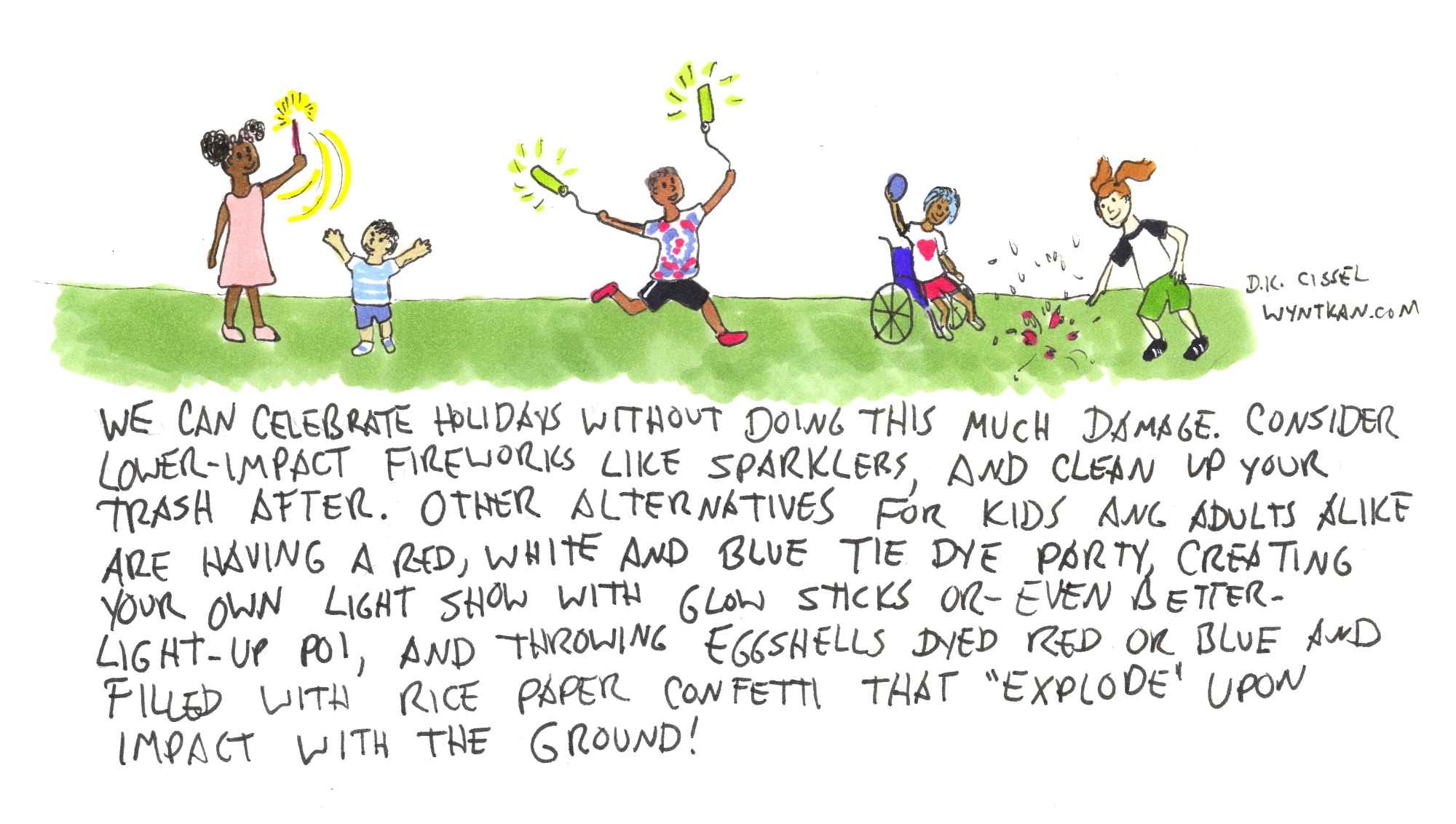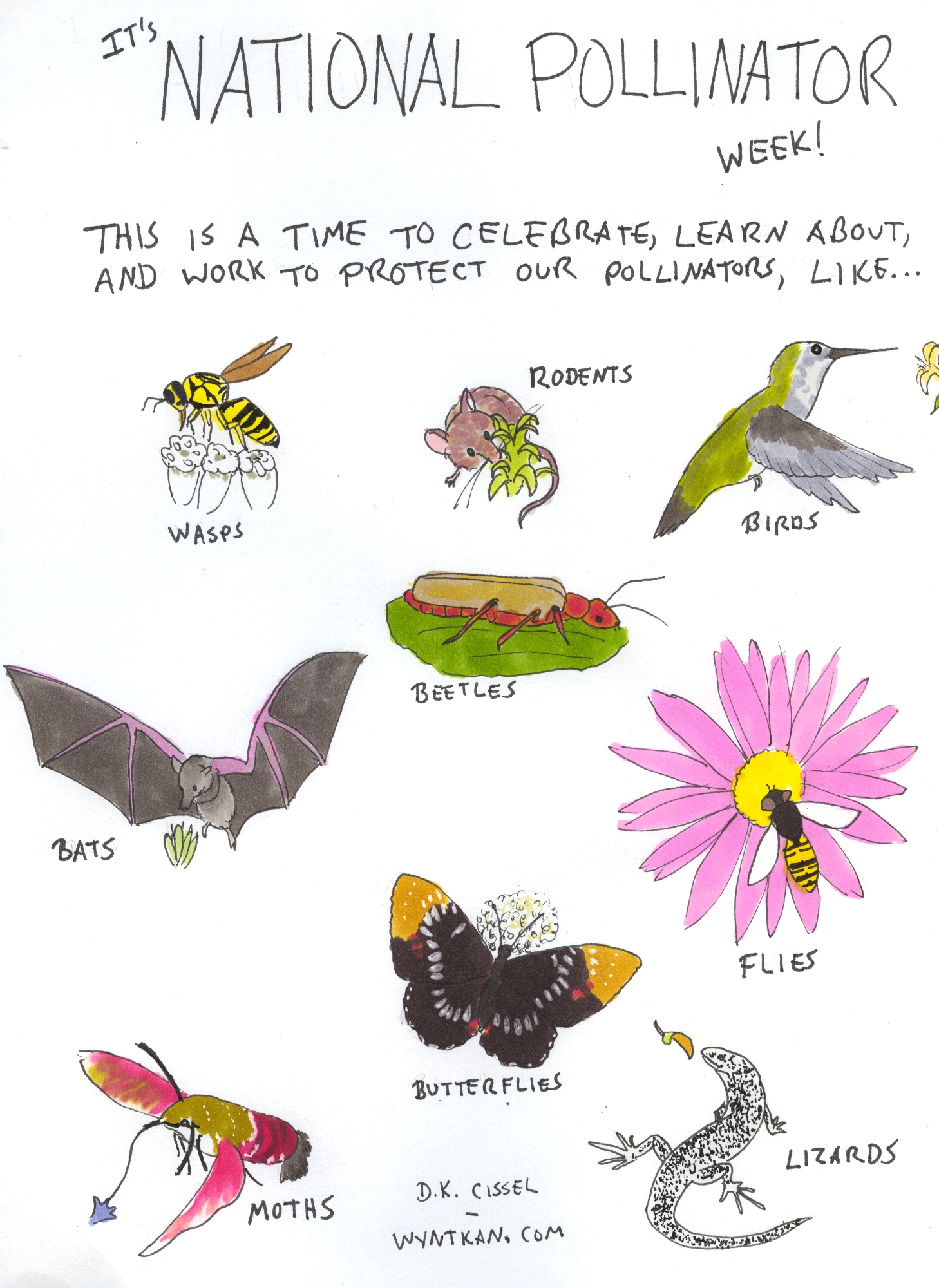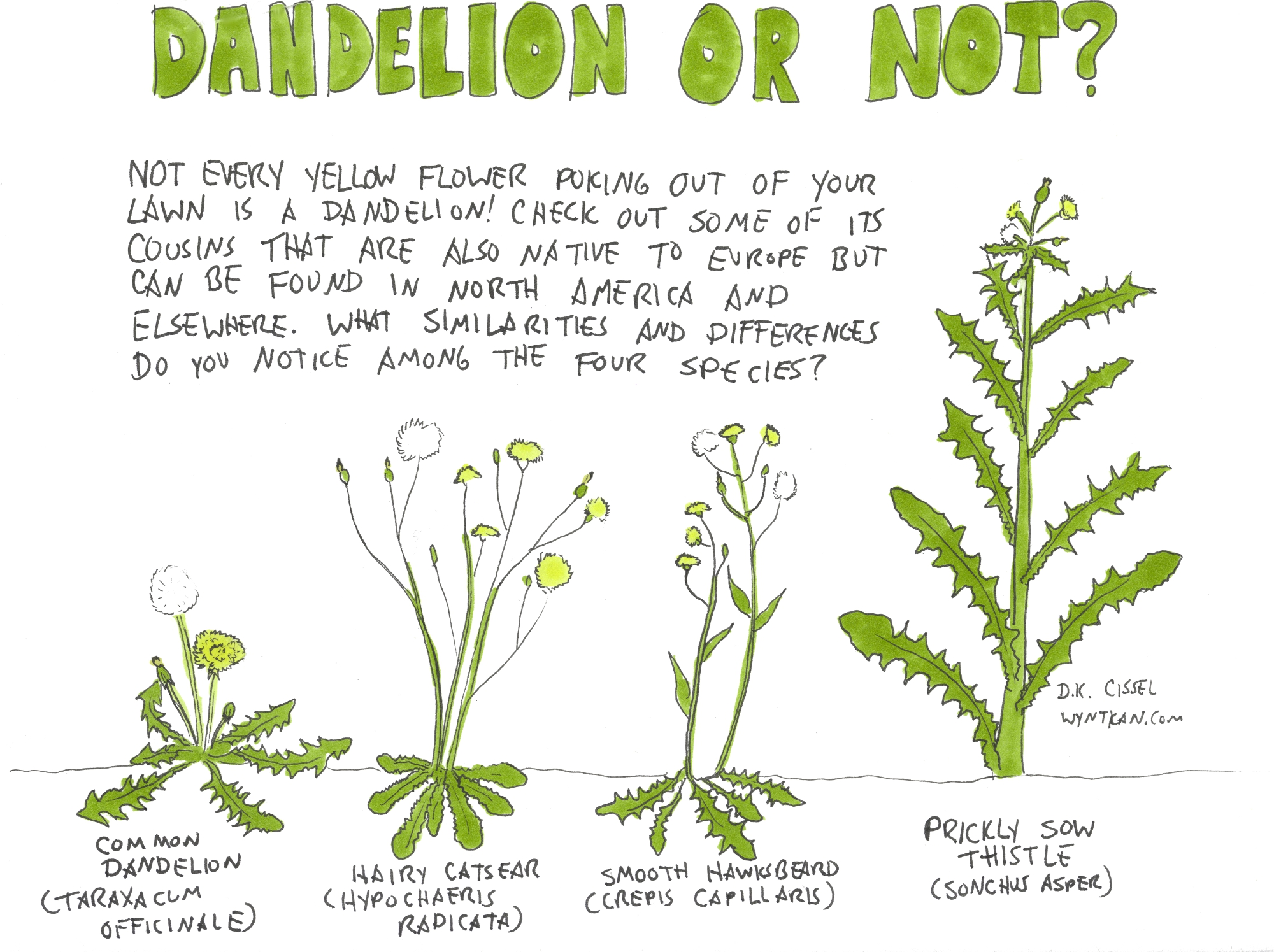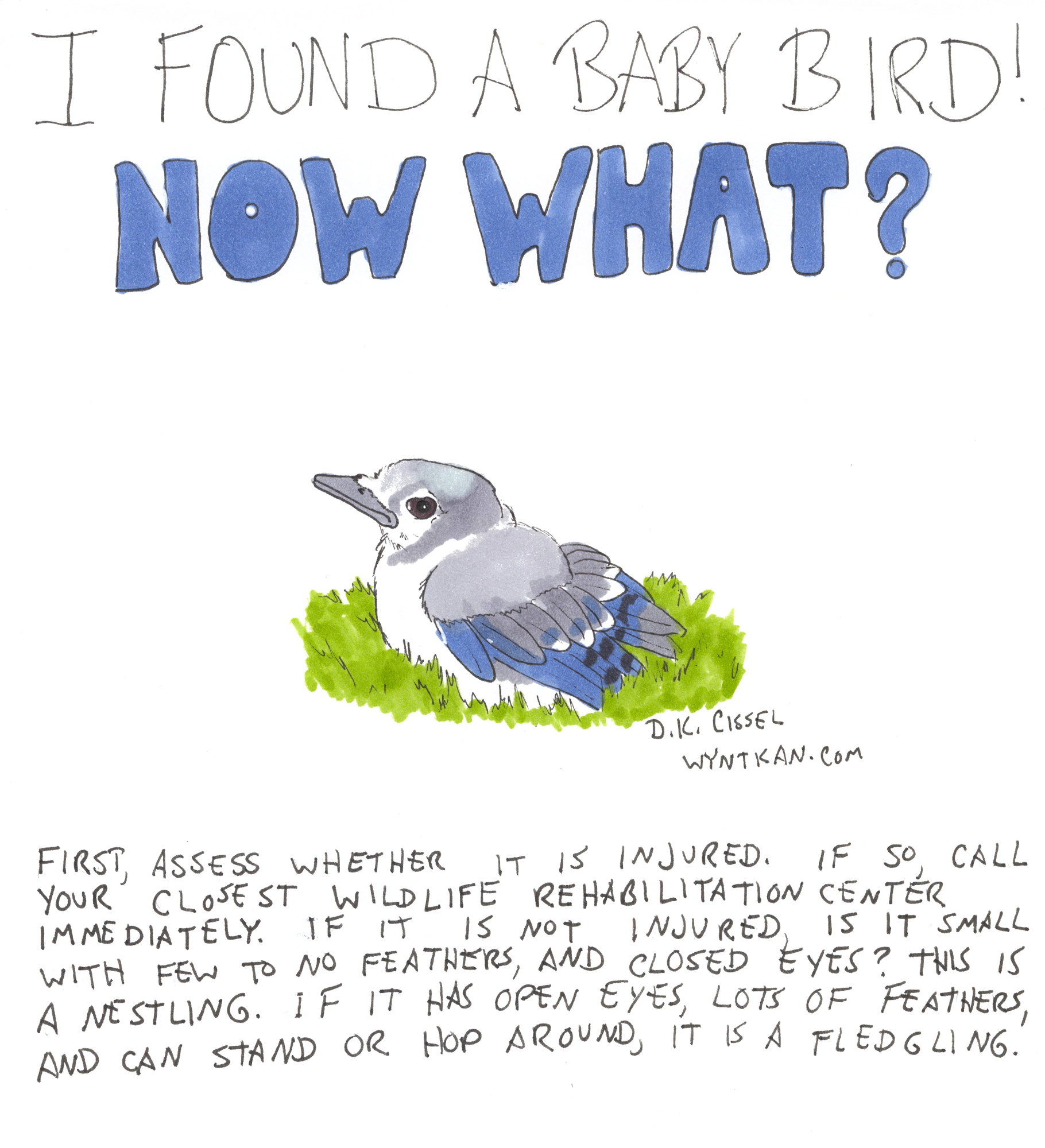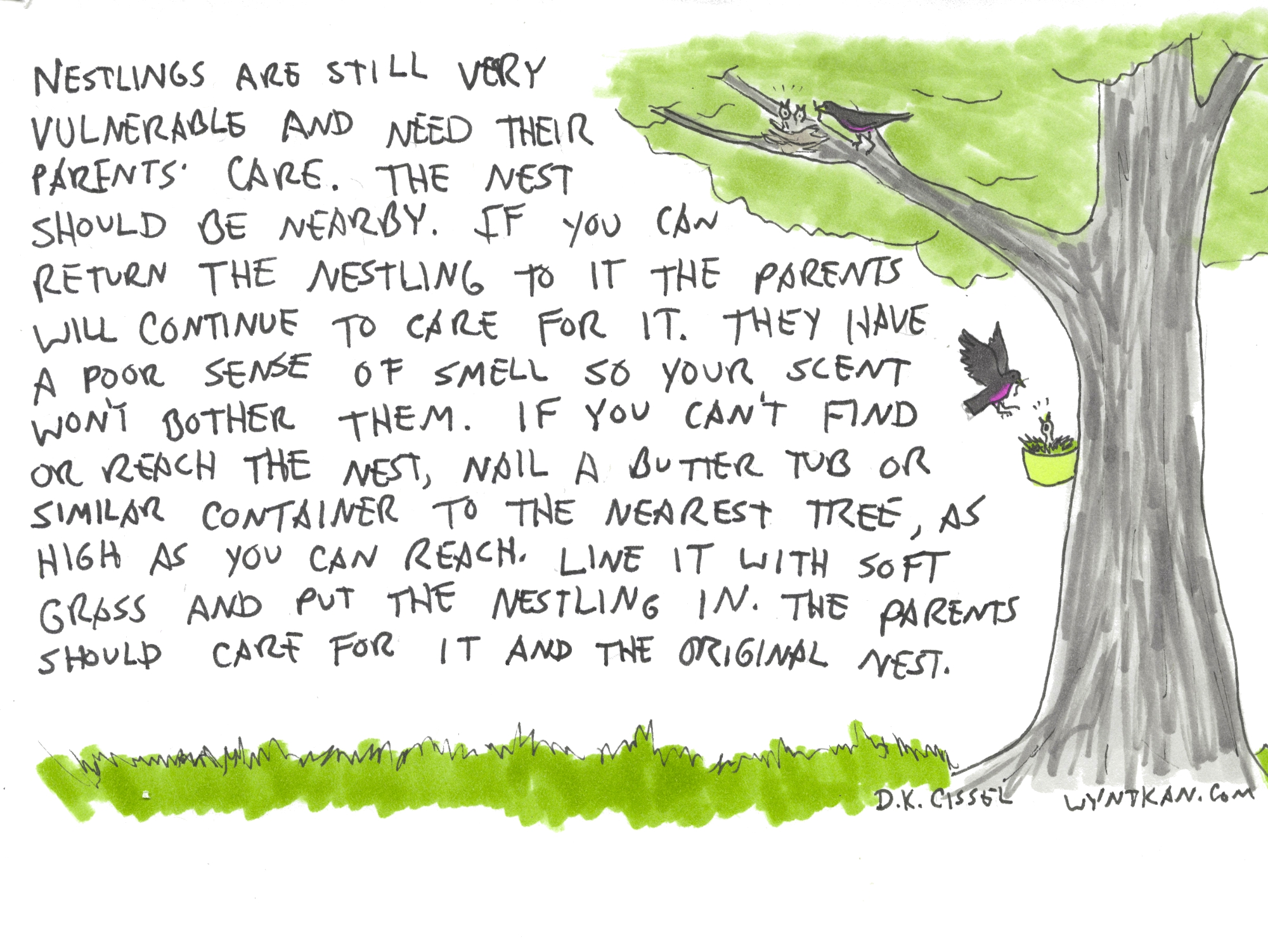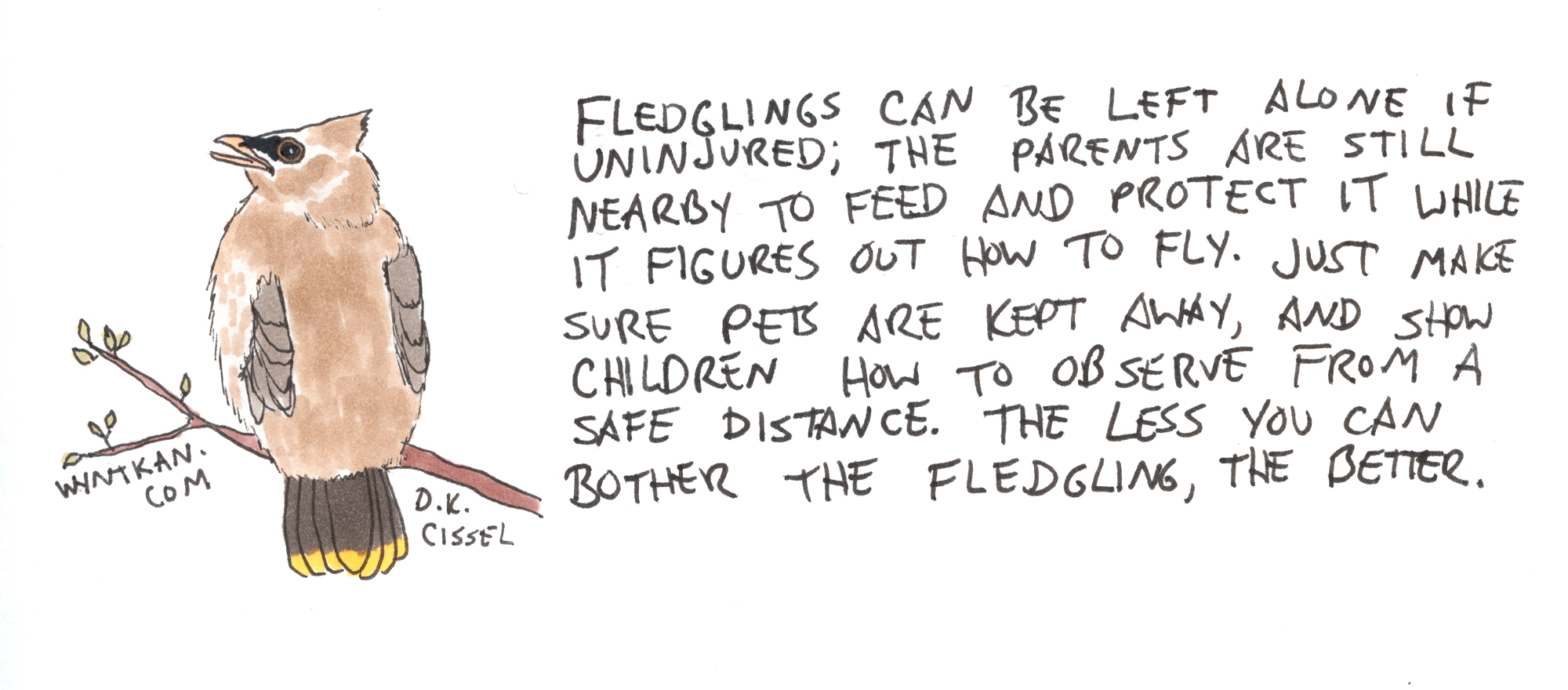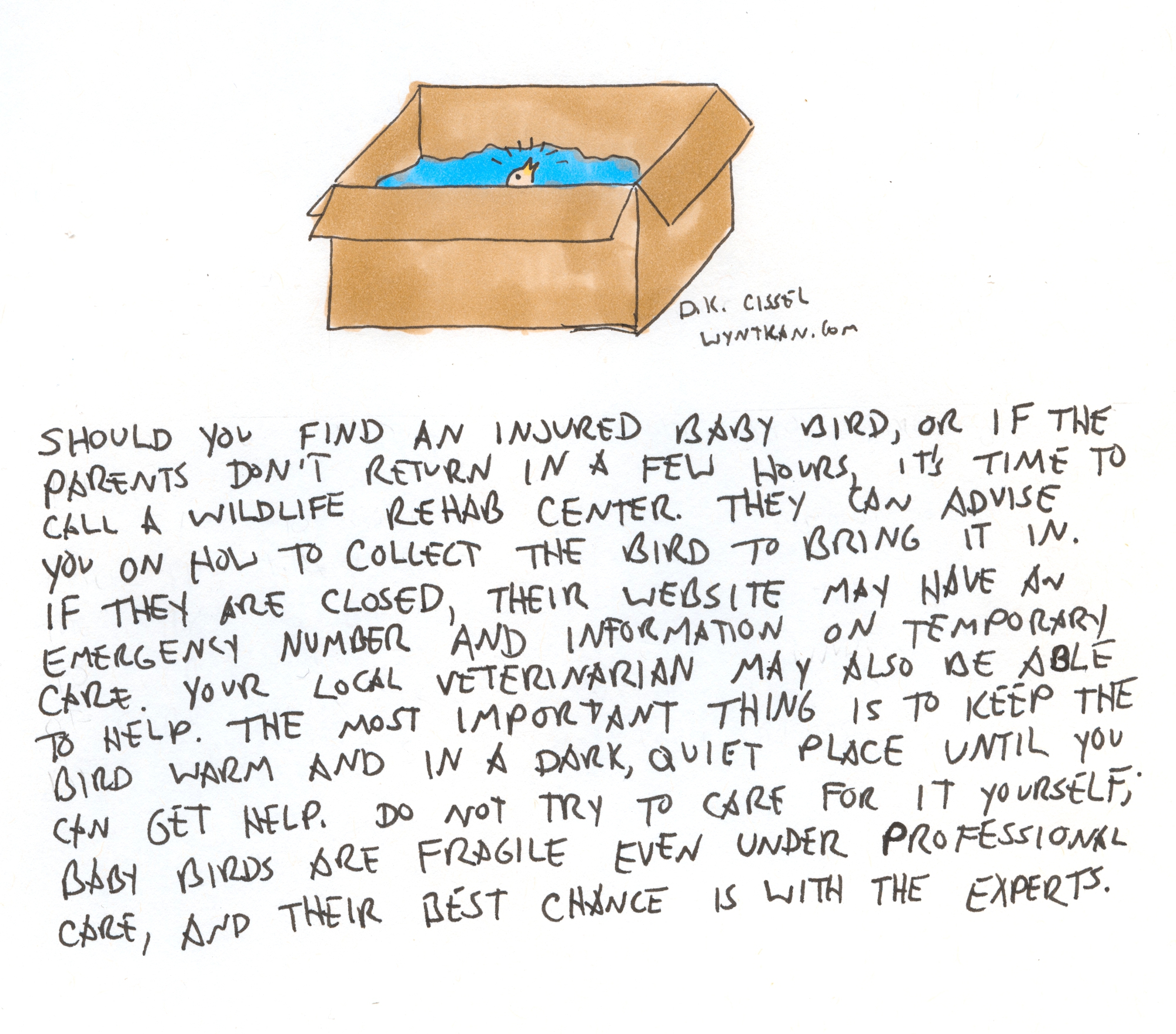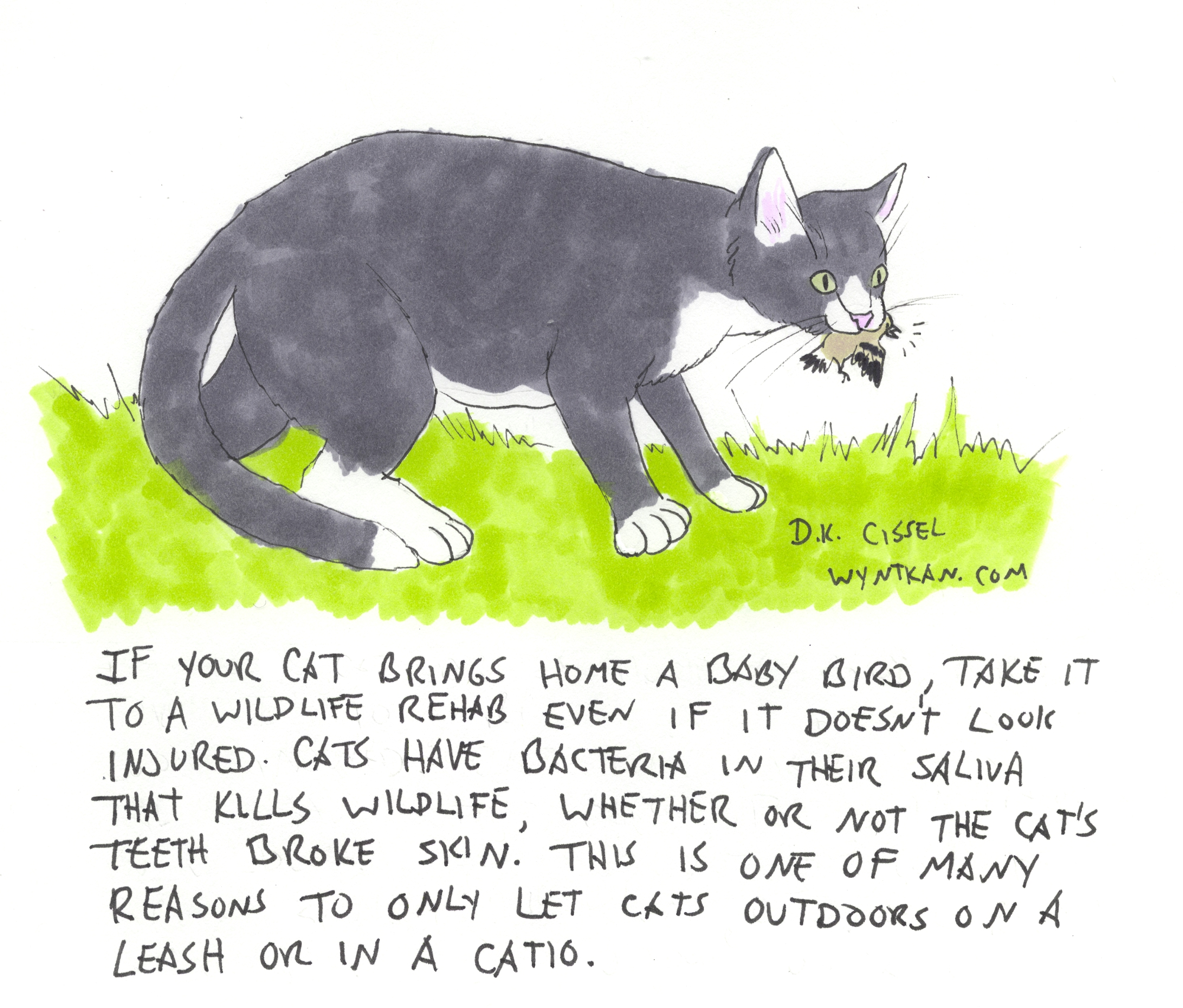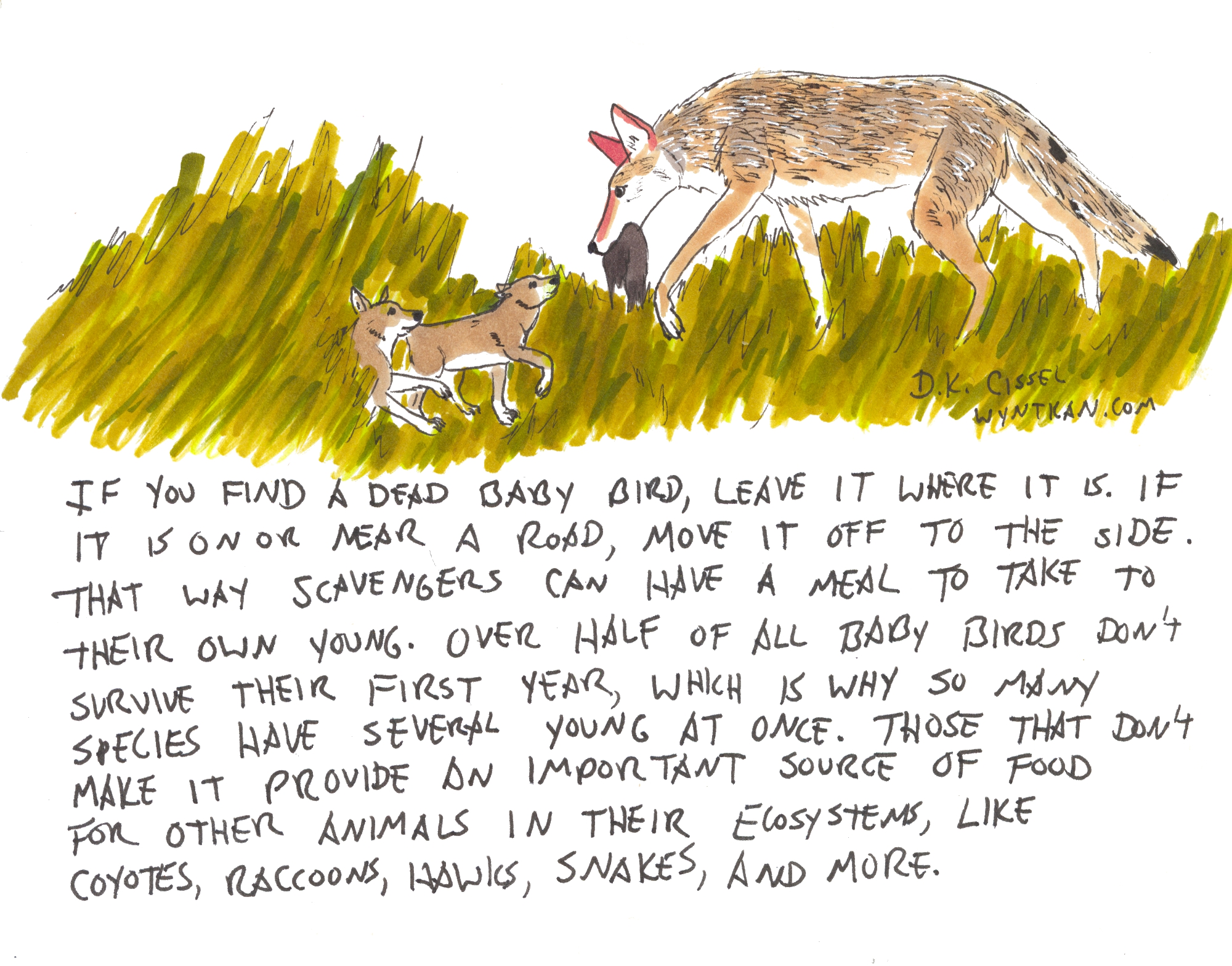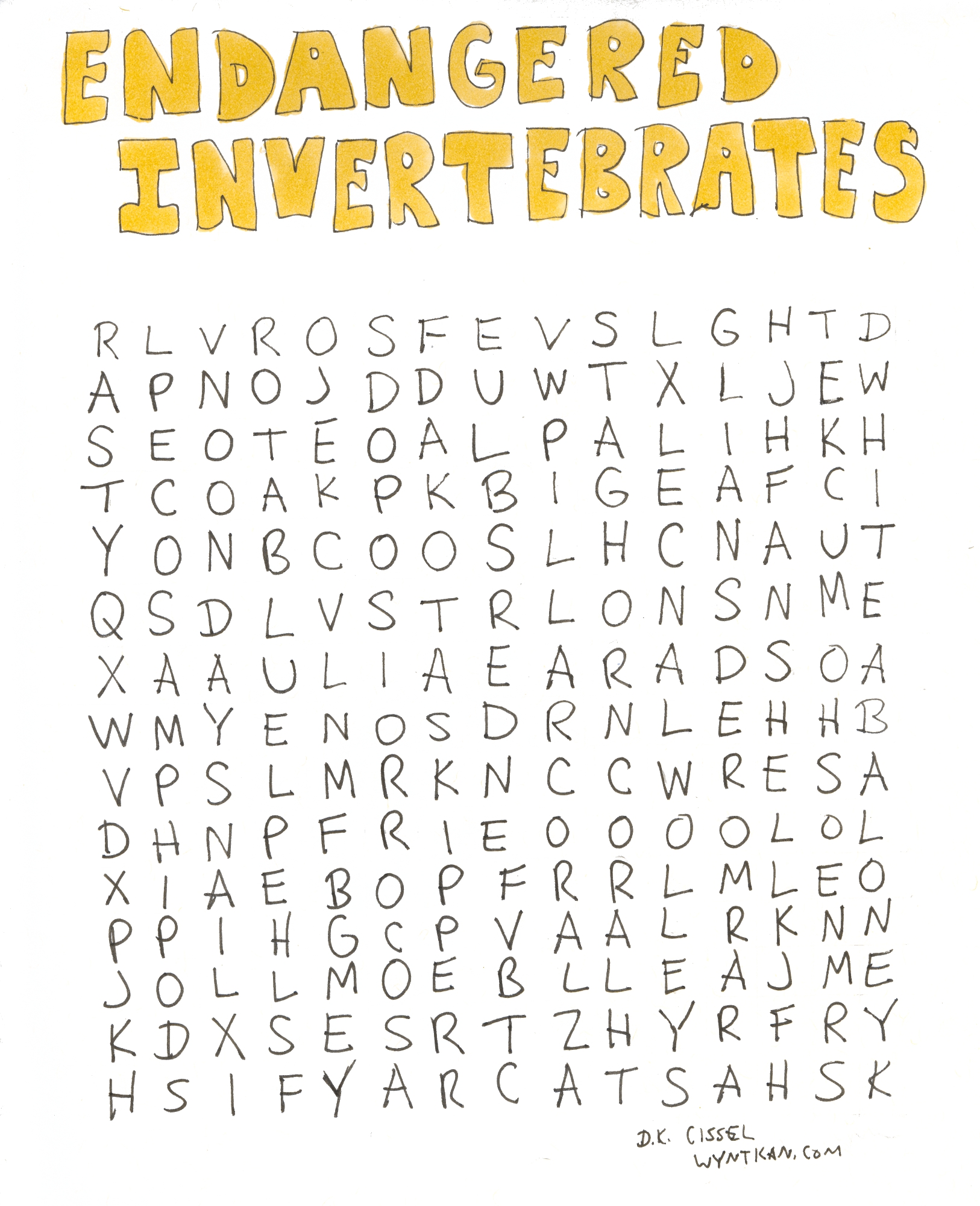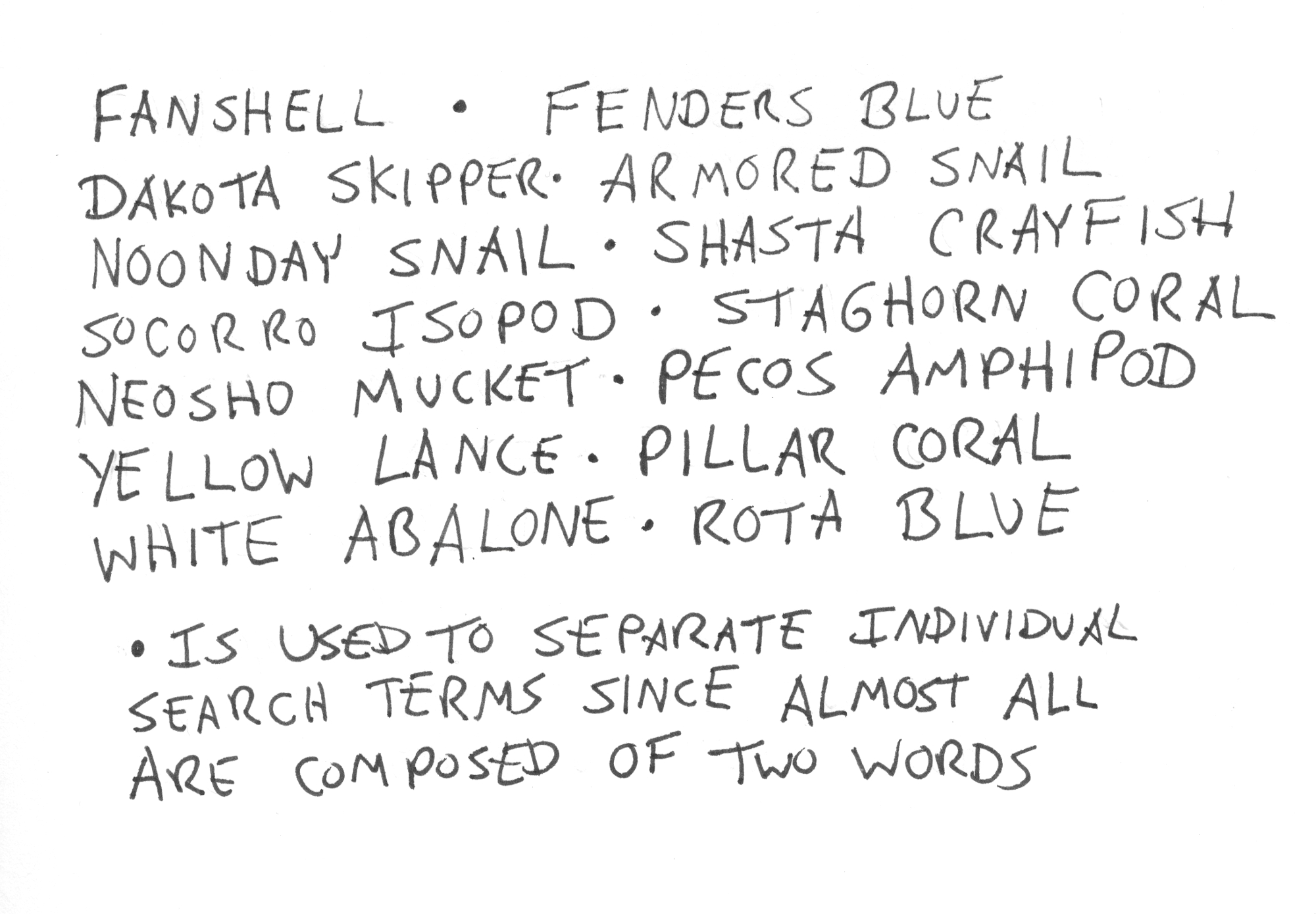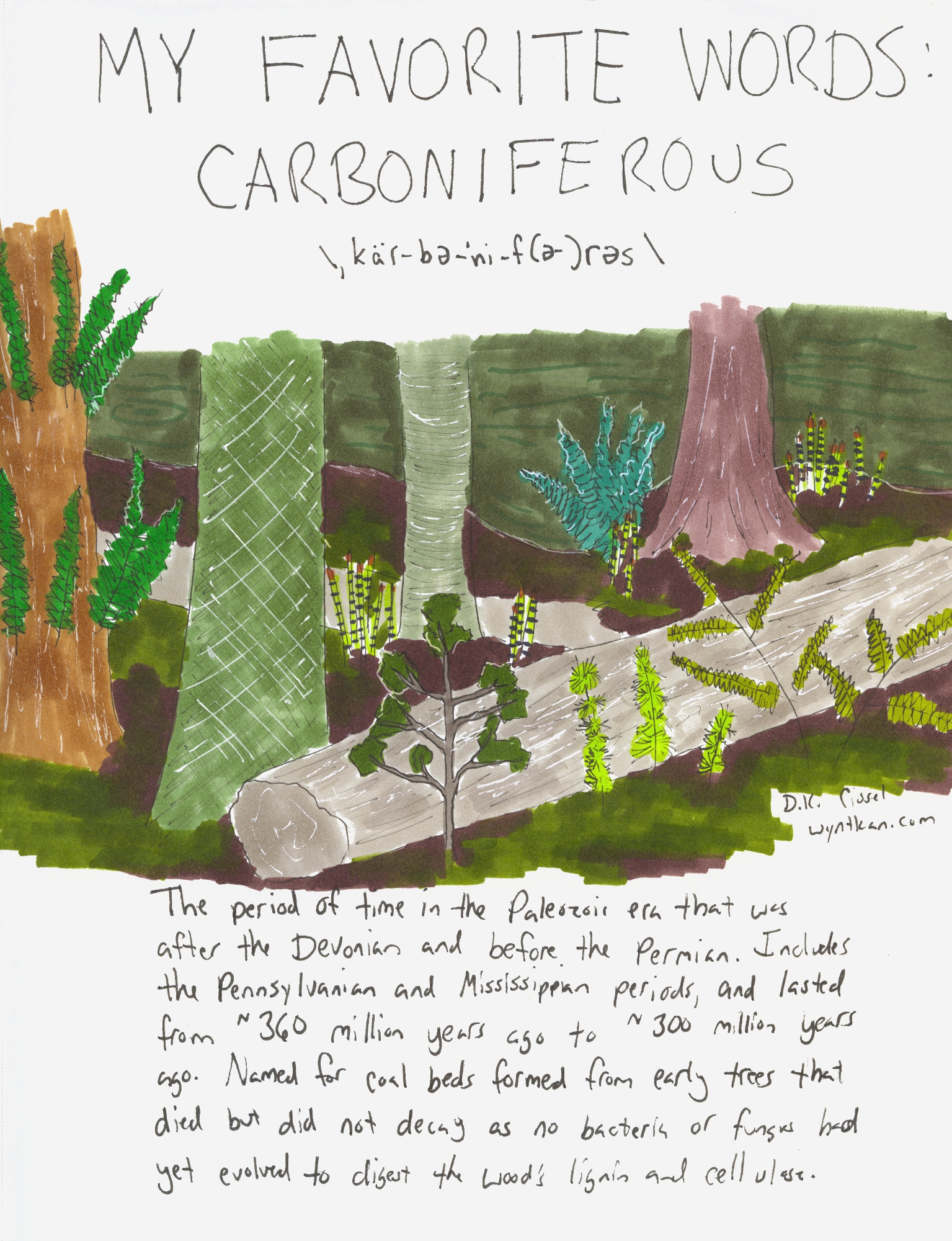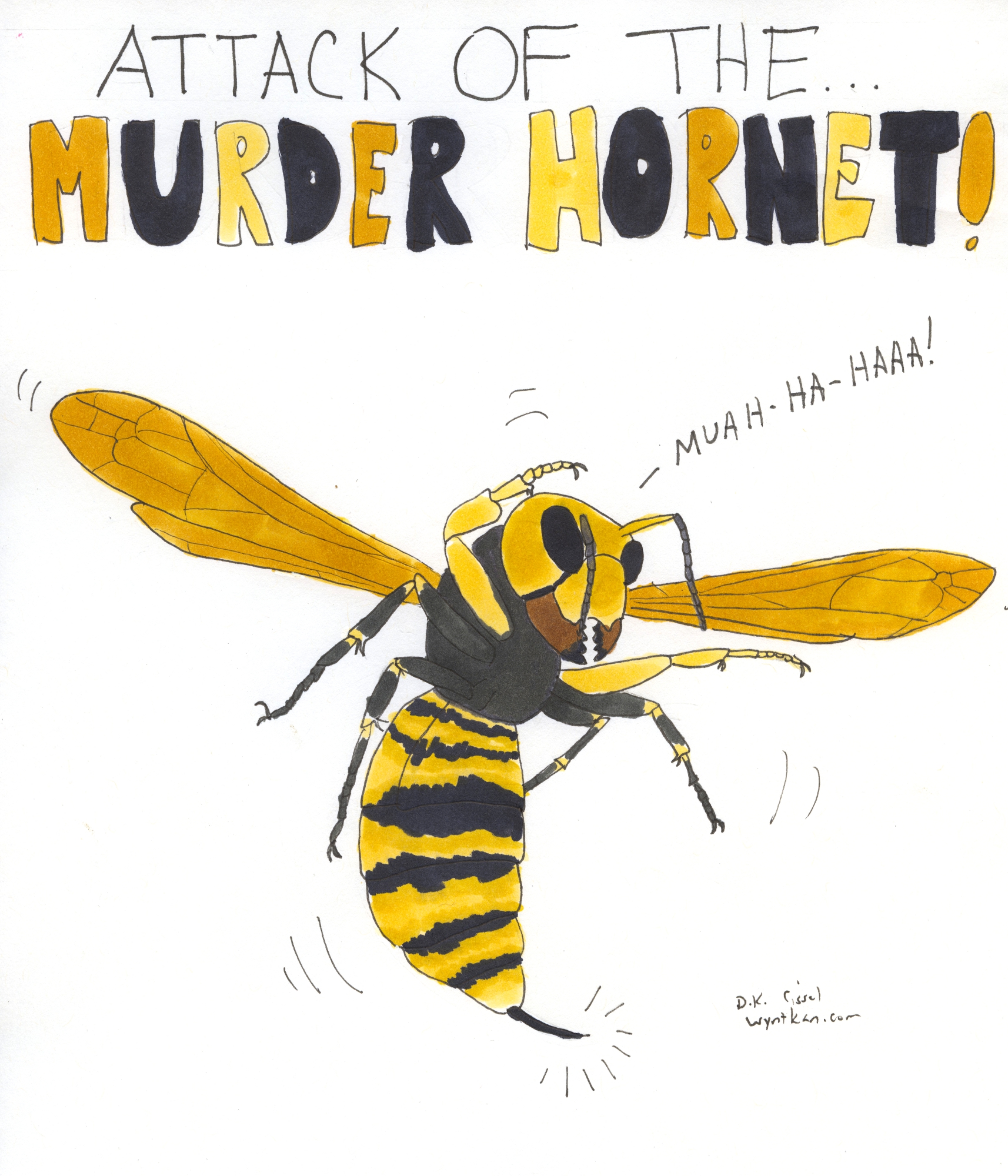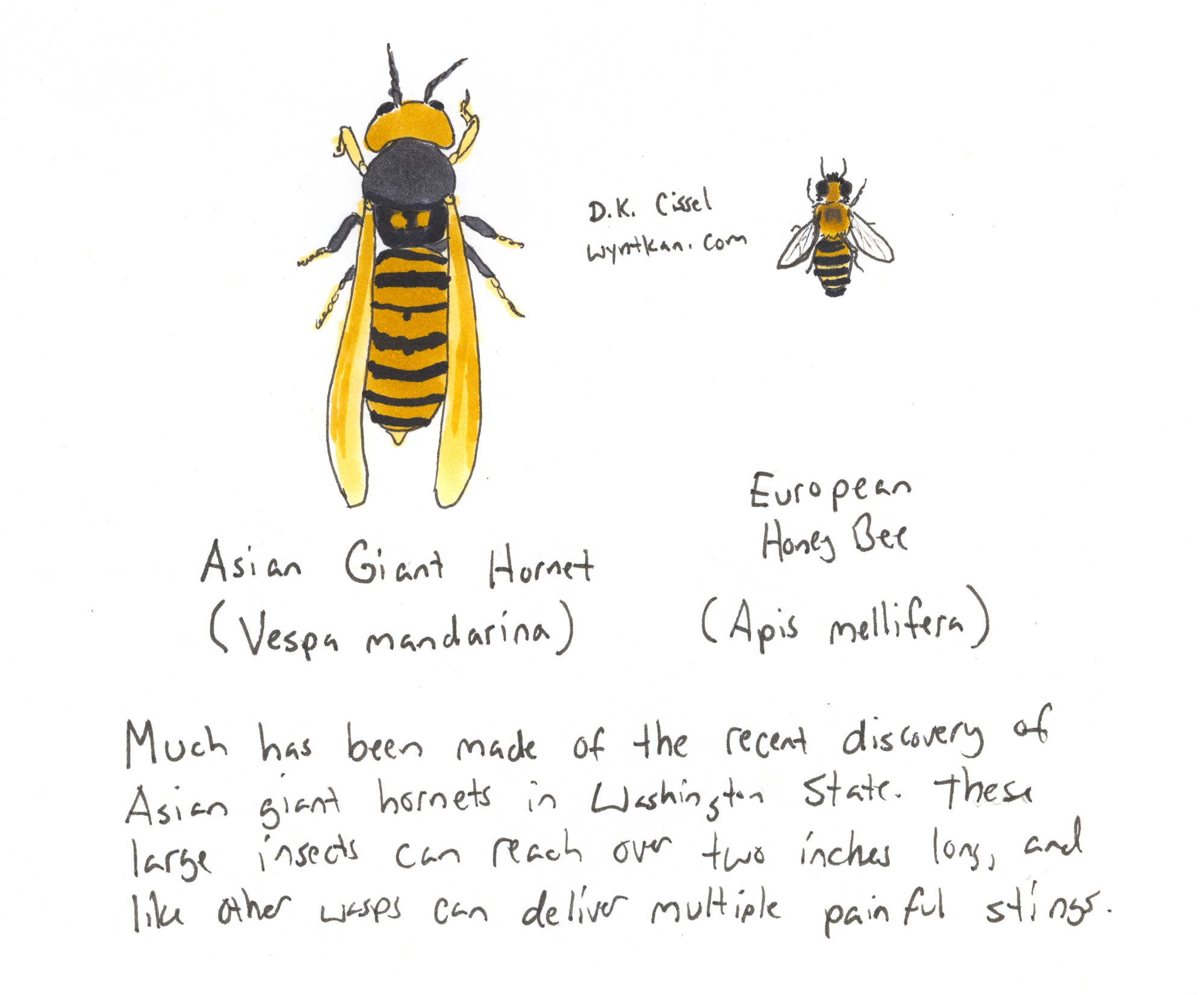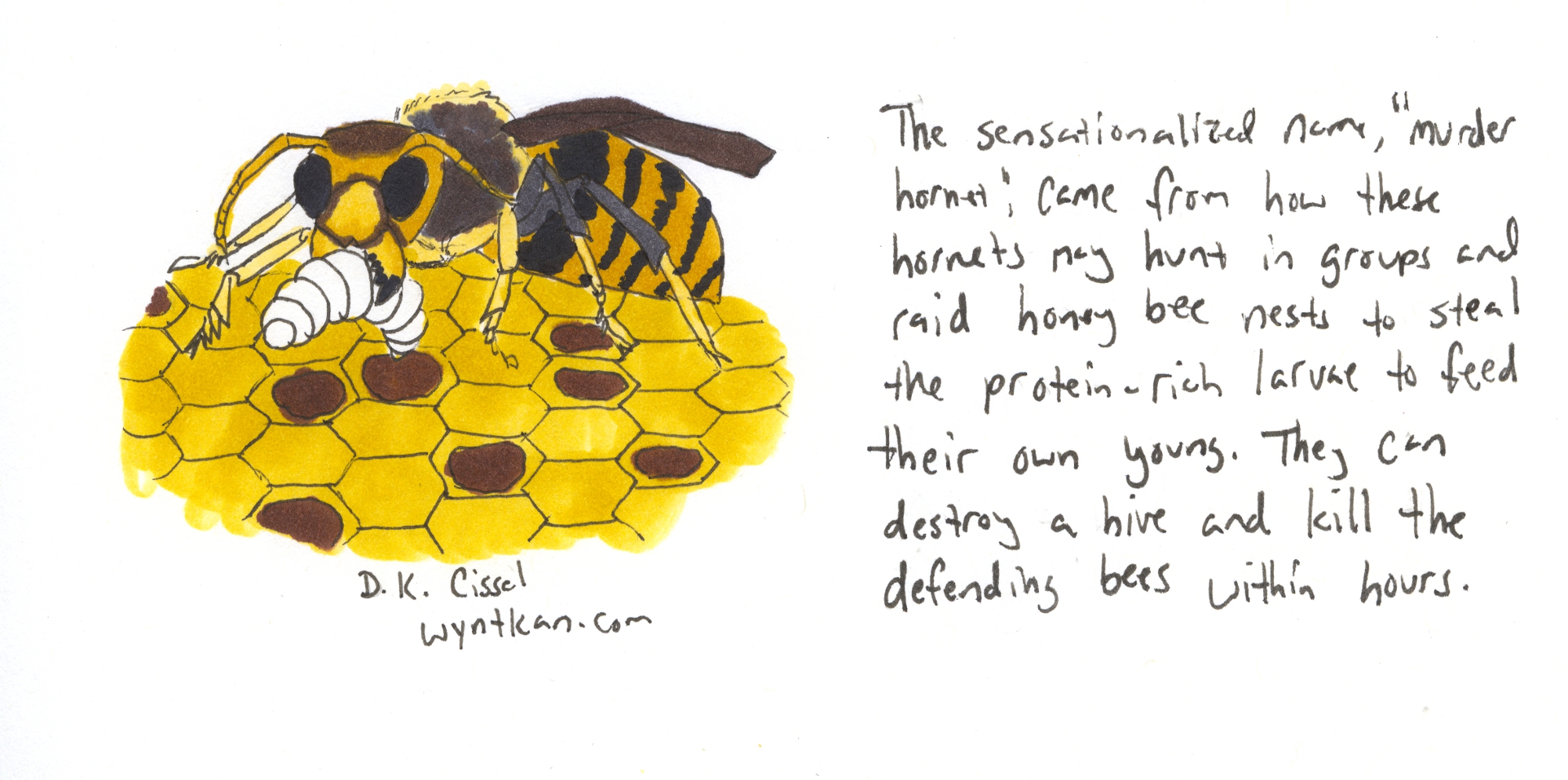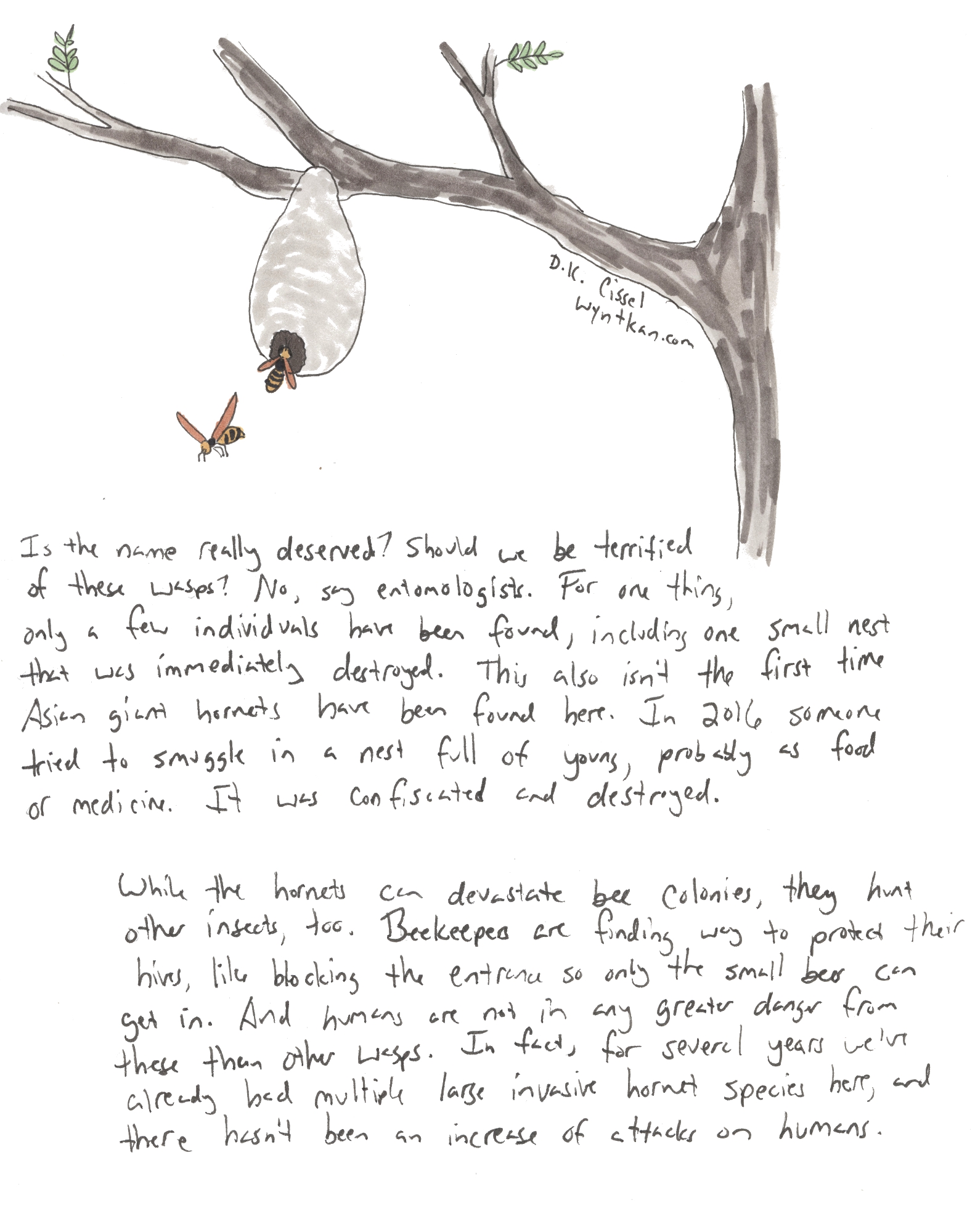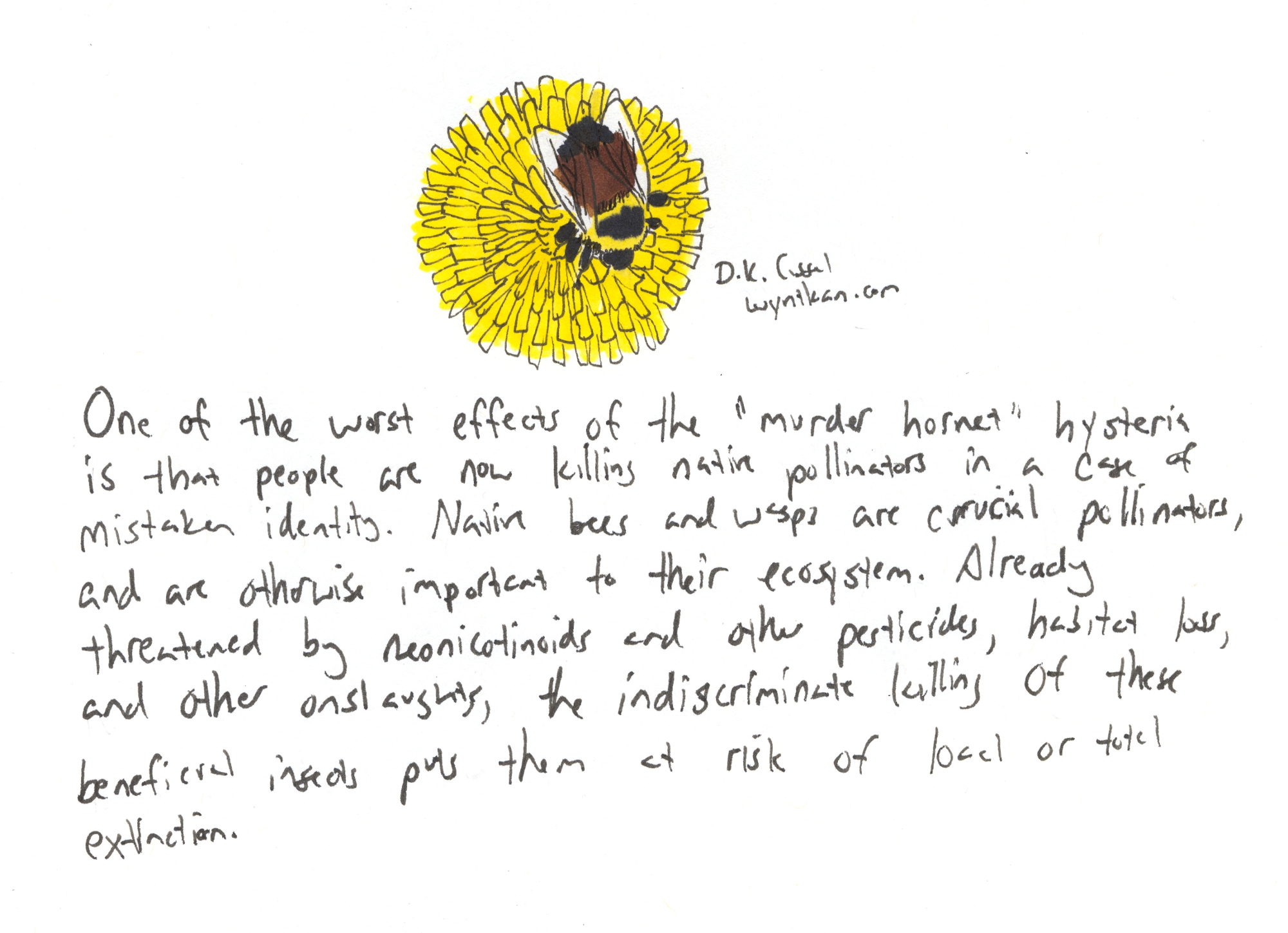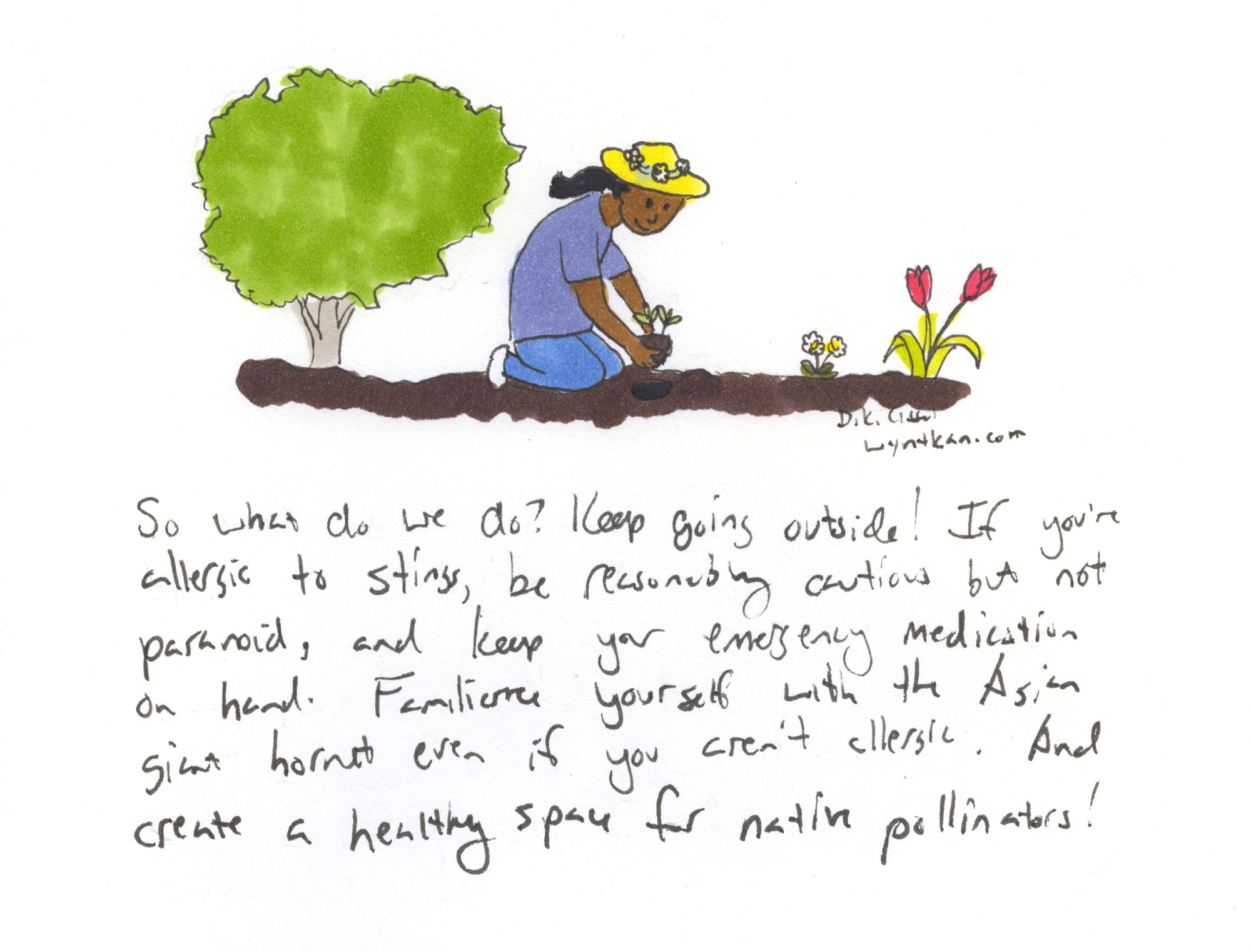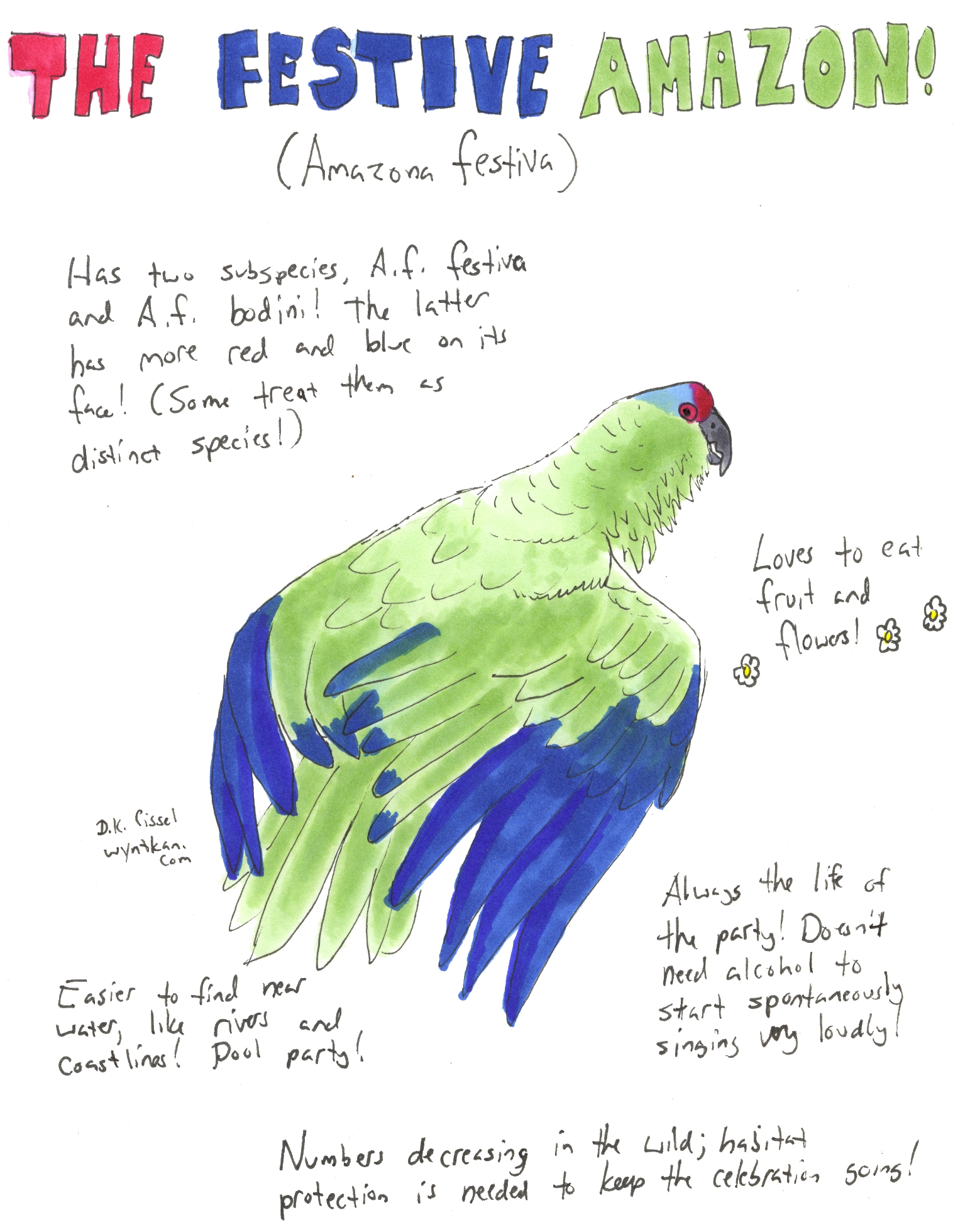Sure, it’s the middle of the week, but the entire week is a great time to celebrate these animals that are so important to the lives of many plant species, as well as the animals that rely on them. (We’re included in that last group, by the way.) There are even more animals than these that are known to pollinate plants, and almost certainly more that we just haven’t observed carrying pollen from one flower to another.
How do we protect them? Well, start with the biggest problem: habitat loss. More species become endangered or go extinct due to habitat loss than any other reason; a species can often survive a lot of pressure if they just have someplace to go, but if there’s no suitable habitat they can’t feed, or reproduce, or do anything else except die out. Part of that includes growing more native plants, as non-native plants often don’t offer enough food and other resources to wildlife, and they take up space that could be used for the native plants these species really need. We also must address neonicotinoids and other harmful pesticides. Not only do they not discriminate between the bugs we like and the bugs we don’t, but they will kill birds and other animals that come into contact with them. And we need to keep pets indoors, especially cats; domestic and feral cats kill billions of birds, small mammals, reptiles and insects every year, and many of those are pollinators.
A great starting point, particularly for helping invertebrate pollinators, is the Xerces Society for Invertebrate Conservation. In addition, the Pollinator Partnership is an organization dedicated solely to protecting pollinators of all sorts. And any efforts toward habitat preservation and restoration is bound to help pollinators.
Species portrayed: soldier beetle (Cantharis cryptica), pollen wasp (Pseudomasaris coquilletti), hoverfly (Episyrphus balteatus), hummingbird clearwing moth (Hemaris thysbe), Anna’s hummingbird (Calypte anna), Mexican long-tongued bat (Choeronycteris mexicana), Lorquin’s admiral (Limenitis lorquini), Noronha skink (Trachylepis atlantica), Namaqua rock mouse (Aethomys namaquensis), pagoda lily (Erythronium pagoda), Japanese honeysuckle (Lonicera japonica), yarrow (Achillea millefolium)
